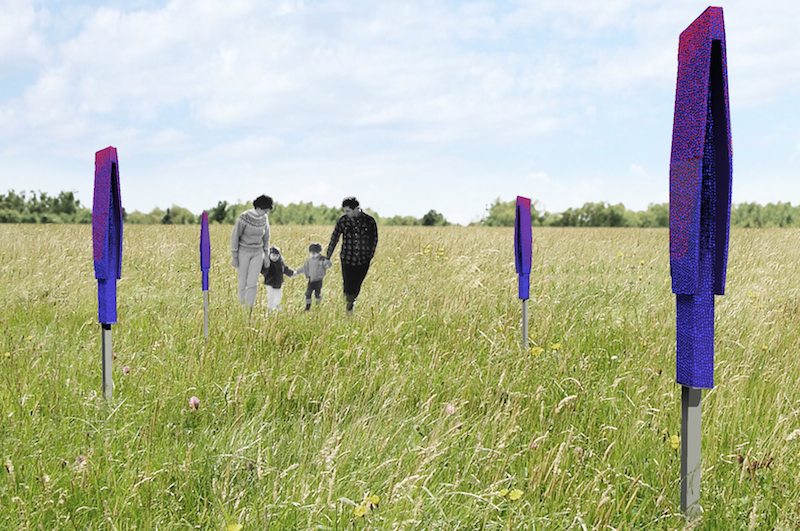
"Knaves turn’d Honest" by alumni Chad Morgan Connery and Anca Matyiku won the open competition
Bee squad brings ‘A’ game to competition
Alumni and students part of winning teams
The winning designs from the University of Manitoba’s open international bee house design competition have been fabricated by the U of M’s FABLab and on May 17 they were installed on campus and select locations in the community for evaluation by scientists, and bees.
Teams from nine countries (Colombia, Canada, USA, UK, Germany, Italy, Norway, Poland, Brazil) submitted their proposals to the BEE / HOUSE / LAB competition, which challenged participants to create a bee house for 80-100 solitary nesting bees, a species under threat from habitat loss.
About 50 winning bee house designs were installed by the University of Manitoba Parks Canada Campus Club, a group of student outdoor enthusiasts, and the houses will now be monitored by the university’s department of entomology.
As bee researcher professor Robert Currie told UM Today, “the nest in its essence is a block with holes in it. But the design component is to make that attractive from both the human and bee perspective, and also make something that can be manipulated and managed… and hopefully make people key in on the idea that they should be aware of the need for bees.”
The design models showcase excellence in sustainable design and innovation.
“Learning and research partnerships like BEE / HOUSE / LAB are an example of how the University of Manitoba is leading the charge on sustainable development,” says Ian Hall, the director of the U of M’s Office of Sustainability. “Using the campus as a living lab and integrating best practices into our operations helps us reduce our environmental footprint and contributes to the University’s mission.”
All project descriptions and images can be accessed via Dropbox.
THE WINNERS
Open competition
First place: Knaves turn’d Honest
Chad Morgan Connery and Anca Matyiku (University of Manitoba and McGill University)
Excerpt from project description:
The “Knaves turn’d Honest” beehouse explores the crossovers and slippages of (im)perceptible communication between humans and solitary bees. It operates as a sign-post inscribed with layers of information that either favour or deny the sensory apparatus of both bees and humans.
A broken pattern of indigo dominates the surface in order to titillate its future inhabitants. Invisible to the bees, a speckled red peak makes it easy to spot across the field by its human caretakers. To further appeal to pollinator communities, a layer of transparent ultra-violet reflective paint is stenciled onto the sides to simulate the glow of pollen dust.
As a playful but probing gesture, this layer – only perceptible to humans by way of specialized instruments – is actually inscribed with an excerpt of text from Bernard Mandeville’s poem “The Grumbling Hive, or Knaves turn’d Honest.” It was part of Mandeville’s “Fable of the Bees; or Private Vices, Publick Benefits”, a controversial theory of economics, first published anonymously in the early eighteenth century. It anticipates the “invisible hand” theory and builds an allegory of the hive in order to suggest that the satisfaction of private desires contributes to cultural growth that benefits society at large.
Second Place: XOXO
Michael Mazurkiewicz and Derek Smart (Ryerson University)
Excerpt from project description:
The XO bee houses are a friendly resting place for solitary pollinator bees. Their purpose is to generate and broadcast mass public awareness of the paramount relationship between bees and society, by asserting themselves within urban and campus contexts. The marriage of X’s and O’s intends to spark the curiosity of the spectator. The houses are scattered randomly across each chosen site – ultimately intended for dispersion throughout urban centres within parks, gardens, and rooftops.
Within these landscapes, the dwellings are linked by the golden thread of the pollinating bee. In the virtual realm and the realm of social media these recognizable symbols are intended to spread virally. The houses will act as informative tools by cross-pollinating and embedding themselves within Instagram, Facebook, and Twitter.
The pattern and colour of each house is a site-specific reflection of native crops and floral palettes. In Manitoba, this consists of a soft wheat engraving on the exterior of the dwelling, and a palette derived from regional wildflowers loved by bees – among them: pasqueflower, hyssop, goldenrod, and coneflower. The individuality of each house stems from the flora of each habitat.
Third place: Olawinger
Owen Nichols and Sissily Harrell (Architectural Designers, USA)
Excerpt from project description:
Olawinger turns an inside out. It captures a familiar yet mysterious, alluring and often unattainable interior volume that a bee seeks for refuge. It offers a simple and obvious solution to feral bee housing in an uncanny urban object. Passers-by may interact with an overt, amorphous shell that presents a form only creatures of the wood are privy to. On the inside, grotesque contours set against a holey wooden block define a stark resemblance to the insect’s typical lair.
Student competition
First place: subur-bee-a
Brandon Bergem (University of Toronto; alumnus of U of M environmental design) and Megan Krahn (OCAD)
Excerpt from project description:
Extensive monoculture and urbanization is a major issue in the sustainability of tunneling bees, coupled with global warming, they face immense opposition in their continued existence. Addressing these issues and seeking to spark public interest, subur-bee-a is a reclamation of urban space, creating a sprawling bee habitat that provides flora diversity and seasonal pollinating opportunity, as well as visually appealing infrastructure that encourages public interaction and use.
Several housing units are created, limiting to 1 to 50 holes of various sizes. The reduction of holes per unit demands increased sprawl to the overall number of housing units built, thus a greater footprint in the landscape, which repossesses and restores the urban space into bee habitat. The bee-habitat form references and distorts gabled roof suburban housing typology resulting in a variety of scales creating a surrealist field of micro-dwellings.
Subur-bee-a encourages further bee urbanization through the use of attached garden-box-benches, which contain prairie suitable plants attractive to bees that grow from spring until fall. The plants grown are common consumed edibles, which provides a landscape mutually beneficial for bee inhabitants as well as human visitors. The waffle structure appears to extrude out from the landscape, a building park infrastructure that is visually impacting that fosters public awareness and provides engagement opportunities.
Second place: “NOT THE BEES”
Evan Taylor and Matt Hagen (Carleton University; U of M environmental design alumni)
Excerpt from project description:
We propose a design for a contemporary bee inhabitation that reflects the sociocultural references and implications of the time. Drawing on recent as well as current events in the pop-culture world we can extrapolate a unique dichotomy between several seemingly unconnected positions. By understanding the fragile and intricate natures of the honey-producing bee populations new considerations for form and application of controlled inhabitations can be explored. Overlaying an unrelenting and ongoing pop-culture narrative upon the timeline of the past century’s potential bee extinction scare a new and formally appropriate manifestation of our culture’s bees can be realized. In our design we reject the idea that form may follow function of the space; instead form will follow pop-historical flux.
HONOURABLE MENTIONS
Open Competition
- Valerie Chartrand and Jess Dixon (Dixon Design, Manitoba)
- Simone Goldate and Anna Aubry (Burns + Nice, United Kingdom)
Student Competition
- Gabriel Lago, Felipe Fuentes, Marco Maron, Guilherme Santoucy, Felipe Sanches, and Guilherme Rabelo (VOXEL LAB, Brazil)
- Aaron Pollock (University of Manitoba)
- Wei Zou (University of Manitoba)
Winners of the BEE / HOUSE / LAB competition will receive prizes courtesy of Propolis-Etc… a major Canadian beekeeping supply company.







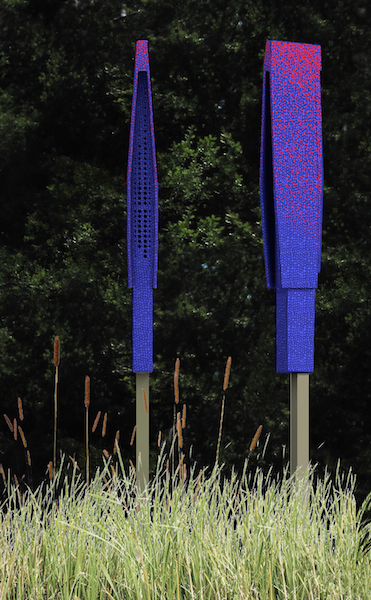
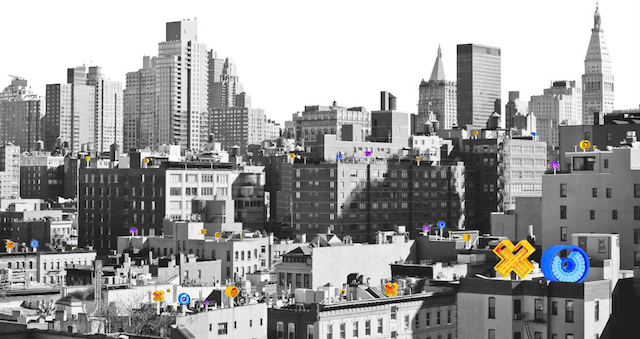
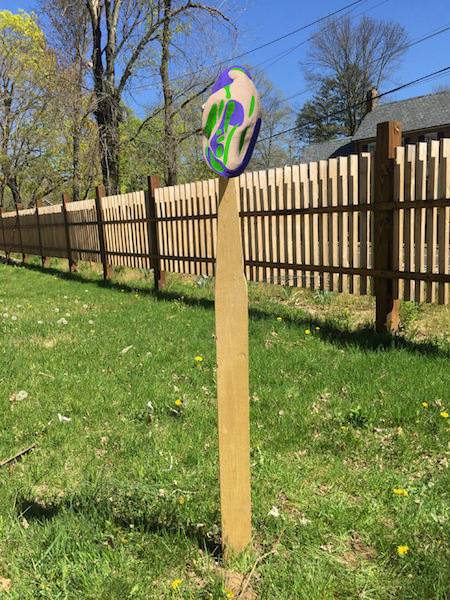
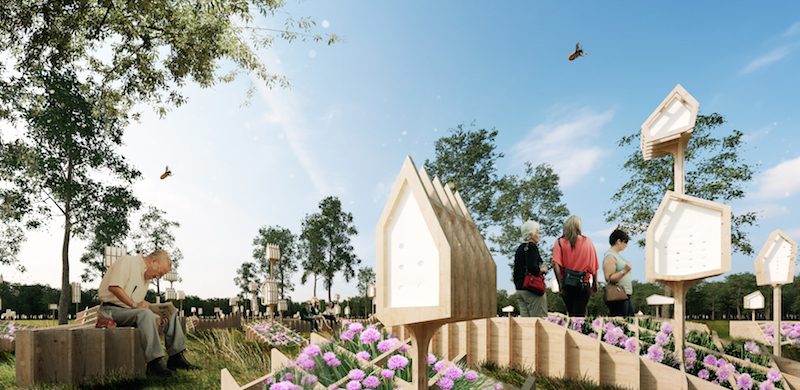
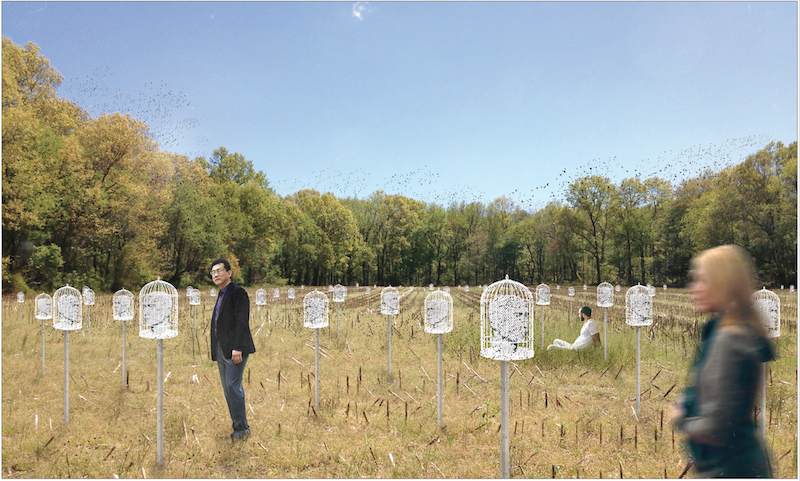
Excellent designs! Congratulations!